
We kindly inform you that, as long as the subject affiliation of our 300.000+ articles is in progress, you might get unsufficient or no results on your third level or second level search. In this case, please broaden your search criteria.

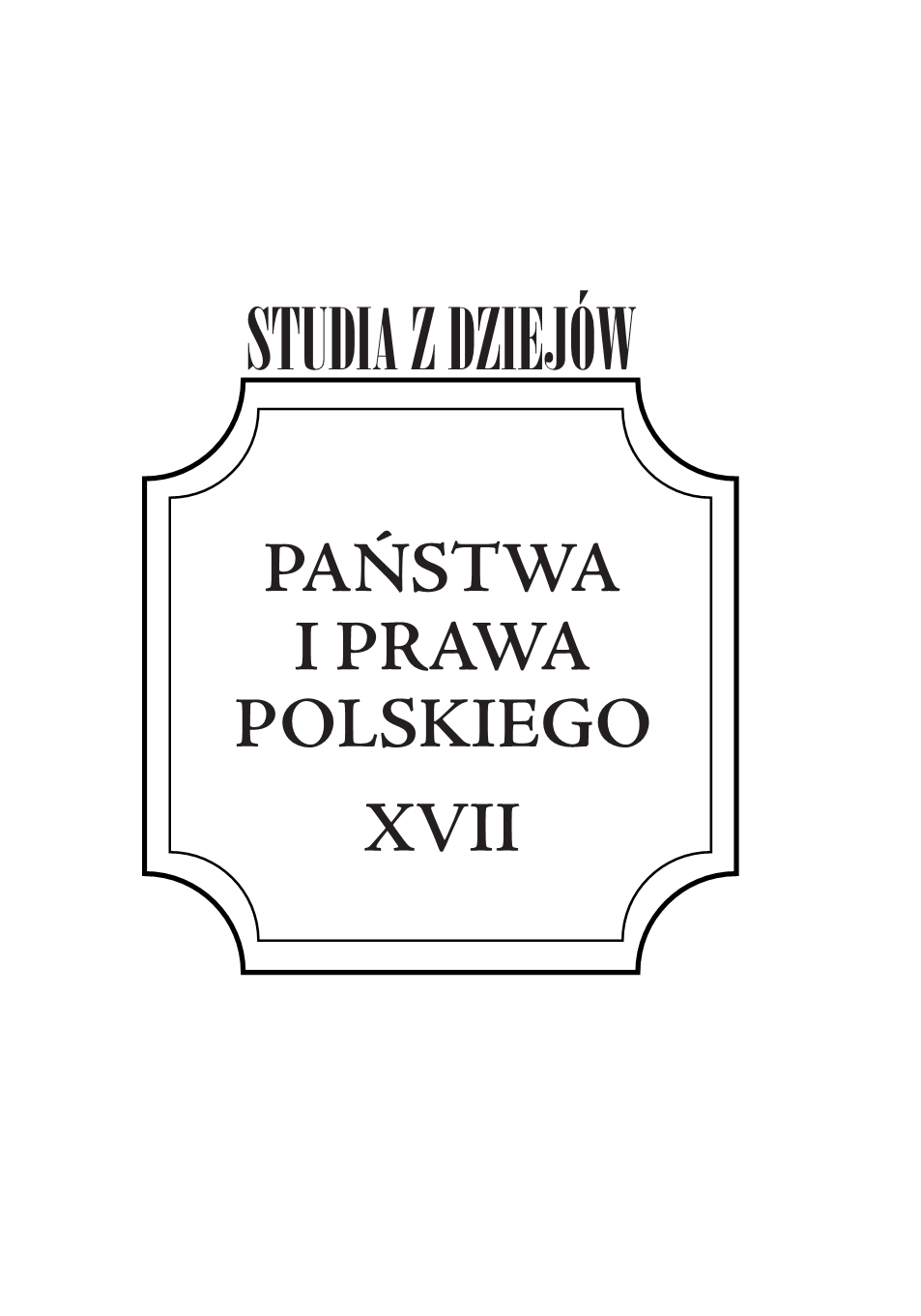
The Polish–Pomeranian sovereignty over Gdańsk continued for 338 years (970–1308) and purely Polish for 339 years (1454–1793), which corresponds to the total of 677 years, while that of the Teutonic Order and Prussia (1308–1454; 1793–1807; 1813–1918) – only to 265 years. The thirteen-years’ war continued from 1454 to 1466. Its result on the one hand was the establishment of Royal Prussia, dependent on Poland, and on the other – the granting of four great privileges (in 1454–1457) by King Casimir the Jagiellon (Kazimierz Jagiellończyk) to Gdańsk. They awarded the city with broad territorial, court and legal, trade and customs, maritime, and minting autonomy, with only limited duties towards the sovereign kings of Poland. In the 16th century, controversies between the governing patriciate and the commons started in Gdańsk around 1517. An end was put to them in 1526 by King Sigismund the Old (Zygmunt Stary), who issued Constitutiones Sigismundi that generally brought back the old political system of Gdańsk, albeit altered by the setting up of the Third Order being a representation of the commons. In the 17th century, King John (Jan) III Sobieski interfered with the political system of Gdańsk, issuing two decrees in 1678. They reinforced the rights of the monarch in the city and the position of the Third Order. The political system of Gdańsk was reformed again in mid-18th century, by King August III who in 1750 issued a declaration and a statute expanding the rights of the king in the city, and reinforcing the position of the Third Order and changing the principles of its nomination. Finally, plenty of administrative, organisational, economic, and financial questions were revised.
More...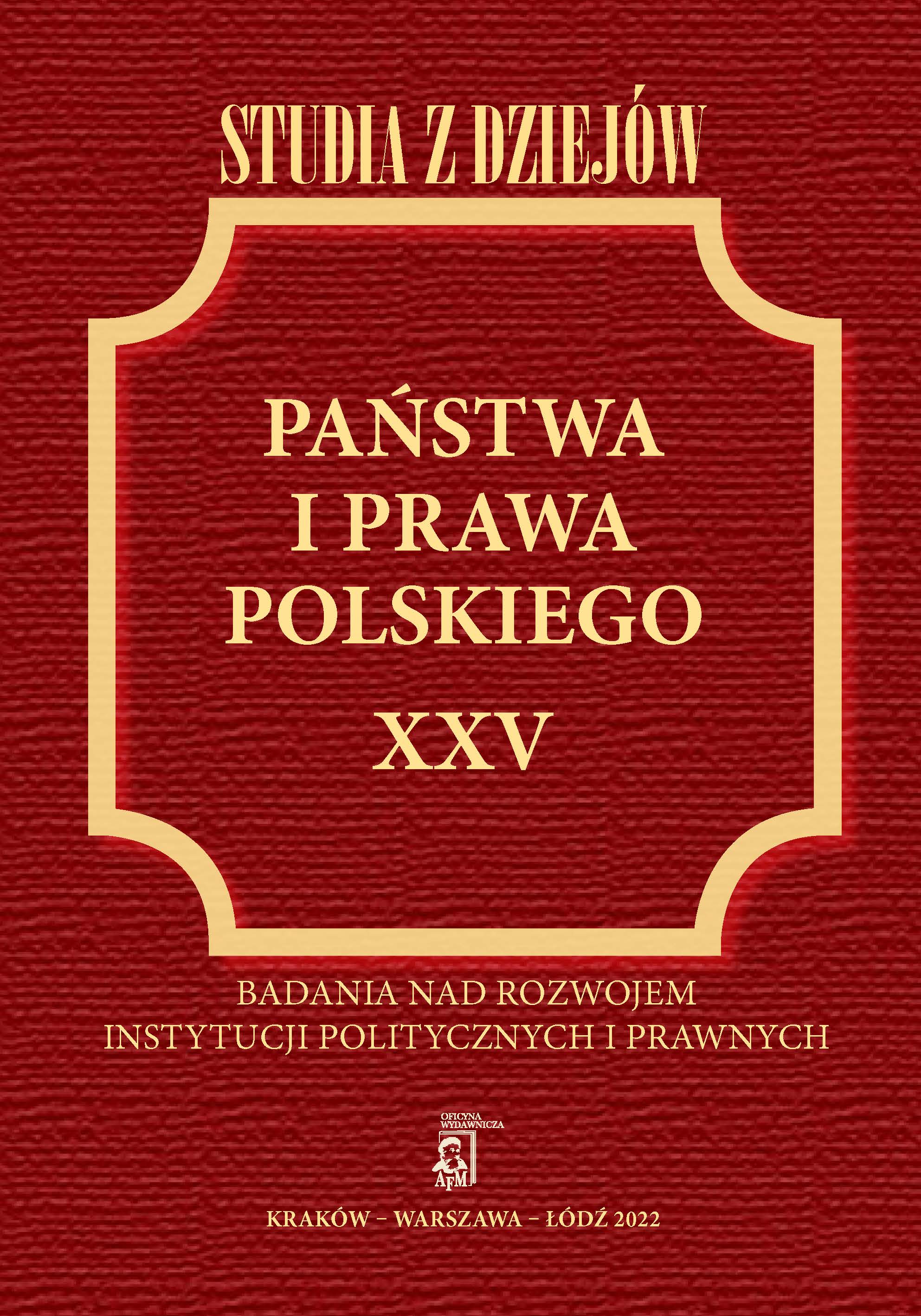
The article aims to indicate how the German authorities, administrative and judicial, interfered in the proceedings before the Polish (non-German) courts in the General Government, the subject of which were farm divisions. The thesis of the article assumes that the German authorities interfered with the functioning of Polish (non-German) courts in the area in question due to the necessity to achieve certain political goals in the GG (effective exploitation of agricultural resources). The basic research material used in the article is archival sources and sources of law. By analyzing the preserved archival files and the practice of the functioning of the judiciary in the GG, one can see ways to reduce the phenomenon of fragmentation of farms.
More...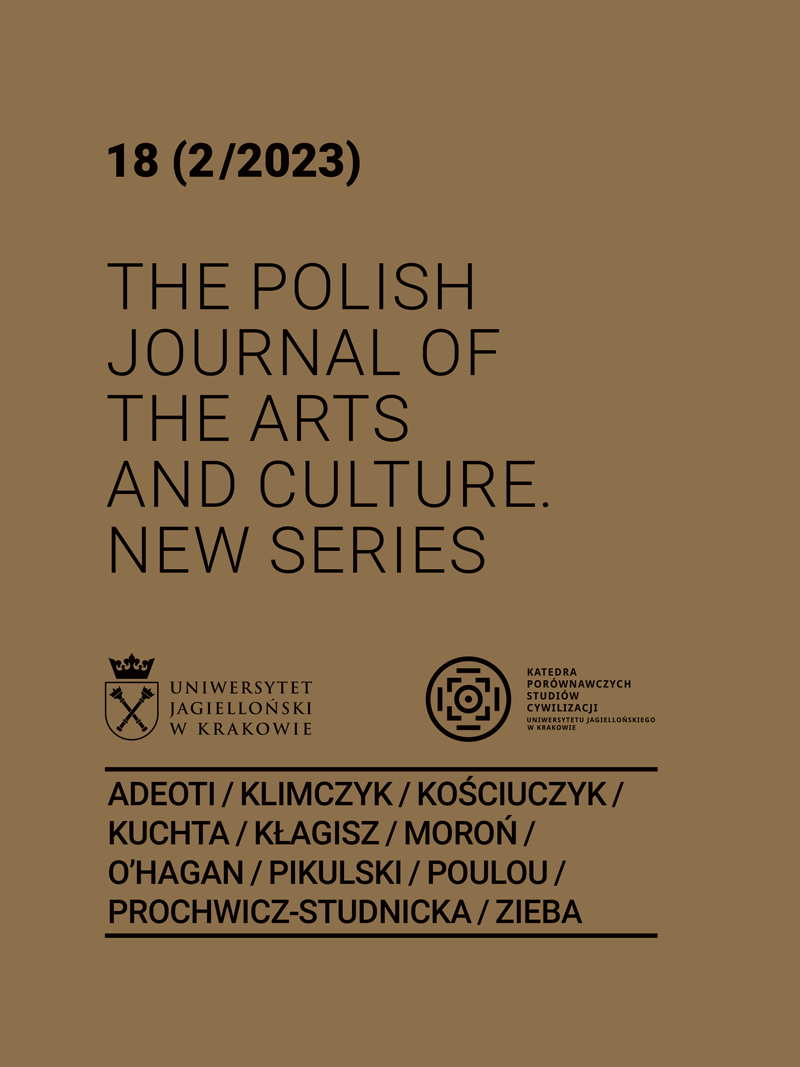
The article is an attempt to look at the origins and development of Kuwait City before the oil boom as a socially created space. Its structure reflects social and economic dynamics as well as cultural and environmental sustainability, although it was the mercantile function that was the most important city-forming factor in Kuwait. The specific character and functionality of the city were determined by its location, climate, connections with the Persian Gulf and, at the same time, Bedouin traditions and culture, as exemplified by the house of the merchant family Al-Badr.
More...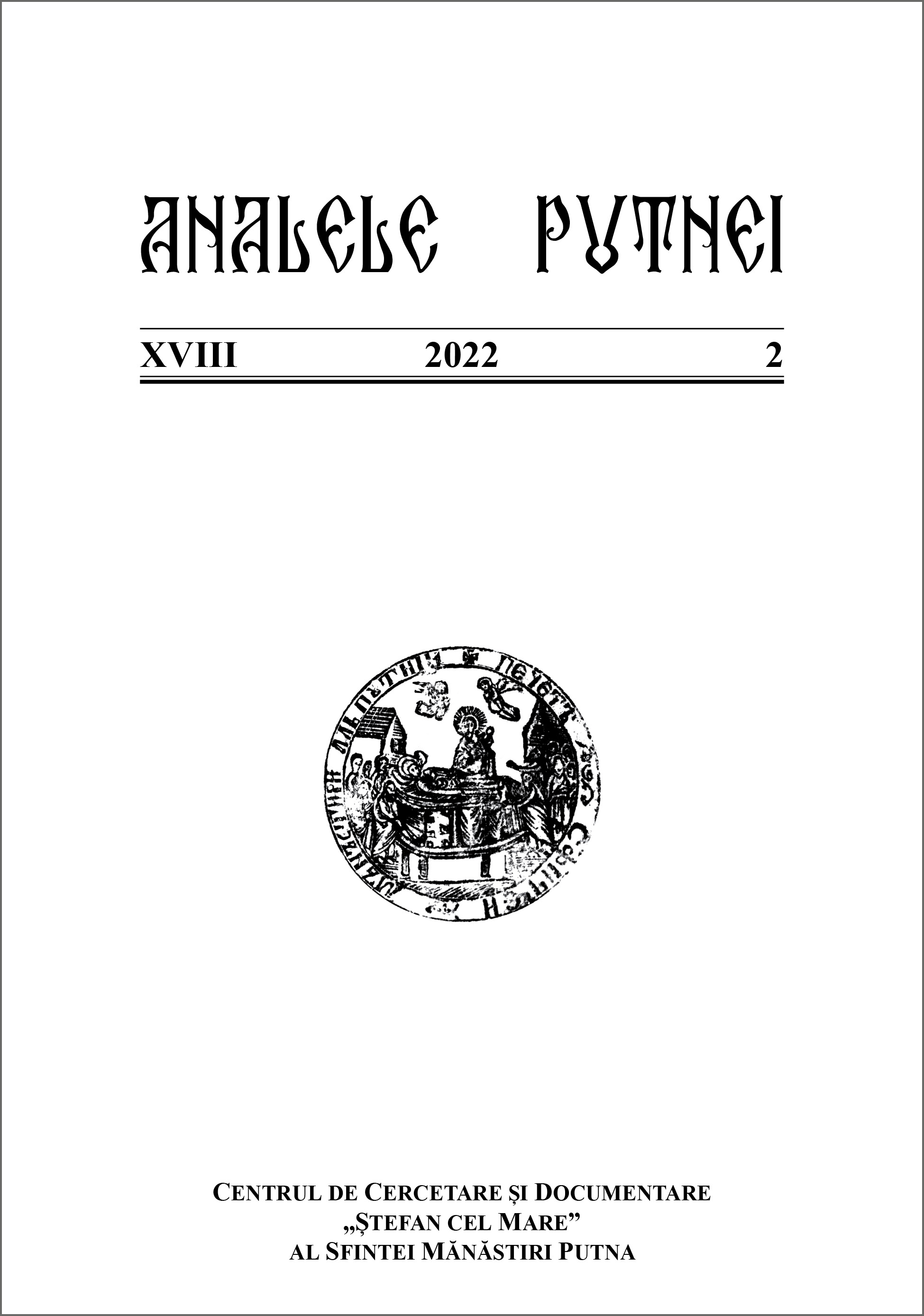
In 1988, Gary Vikan dedicated a study to the famous post-Byzantine calligrapher Luke the Cypriot, Metropolitan of Wallachia. Trying to substantiate the claim that the subject of his research “was closely acquainted with Anastasios Crimca, Moldavian Metropolitan, who was also a renowned manuscript illuminator”, he stated that “Mount Sinai cods. 1480 (Gospels)” was written by Luke, “while the headpieces and Evangelist portraits are by Crimca”. The detail was important, because it highlighted a previously unsuspected connection between two major Early Modern “schools of scribes”, a Greek one, gravitating around Luke († 1629), in Wallachia, and a Church-Slavonic one, galvanized by Crimca († 1629), in Moldavia. Yet Sinaiticus gr. 1480 does not contain the Gospels and it was not copied by Luke: it is a liturgical chant manuscript copied by one of Luke’s most talented disciples, hieromonk Iakovos of Simonopetra, in Bucharest, in 1625. There is, however, a manuscript that fits the (laconic) description provided by Vikan: Sinaiticus gr. 203. The present paper places the manuscript in its (dual) cultural context and reconstructs, with the help of archival materials, the career of the donor. Based on this evidence, it argues that it mirrors the profound political, economic, and social transformation of Southeastern Europe after the fall of Constantinople (1453).
More...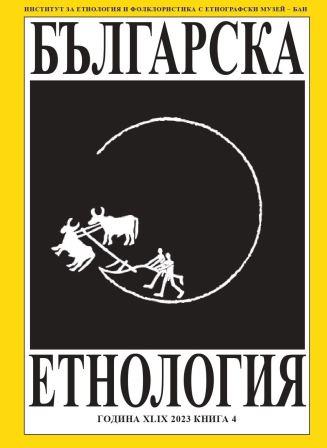
The article examines some aspects of the traditional medicine of the Bulgarians in Southern Ukraine based on the example of the Bulgarian Diaspora group living in Ternivka (today a micro district of the city of Mykolaiv) since the beginning of the 19th century. The text demonstrates that the heritage of folk medicine is passed down from generation to generation in the community, in particular the experience of self-healing with phytotherapy, minerals, etc. The role of the healers – soothsayers and fortune tellers, as well as folk midwives – is noted. Personal information is provided about individual healers and their treatment methods. Examples of treatment by spells of ordinary and so-called folk diseases are given, as well as authentic texts used by witches recorded by the ethnographer Sergey Tsvetko. Particular attention is paid to the peculiarities of the treatment of children’s diseases. A conclusion is made about the limitations of folk medicine and its natural transformation into non-traditional in the second half of the 20th century.
More...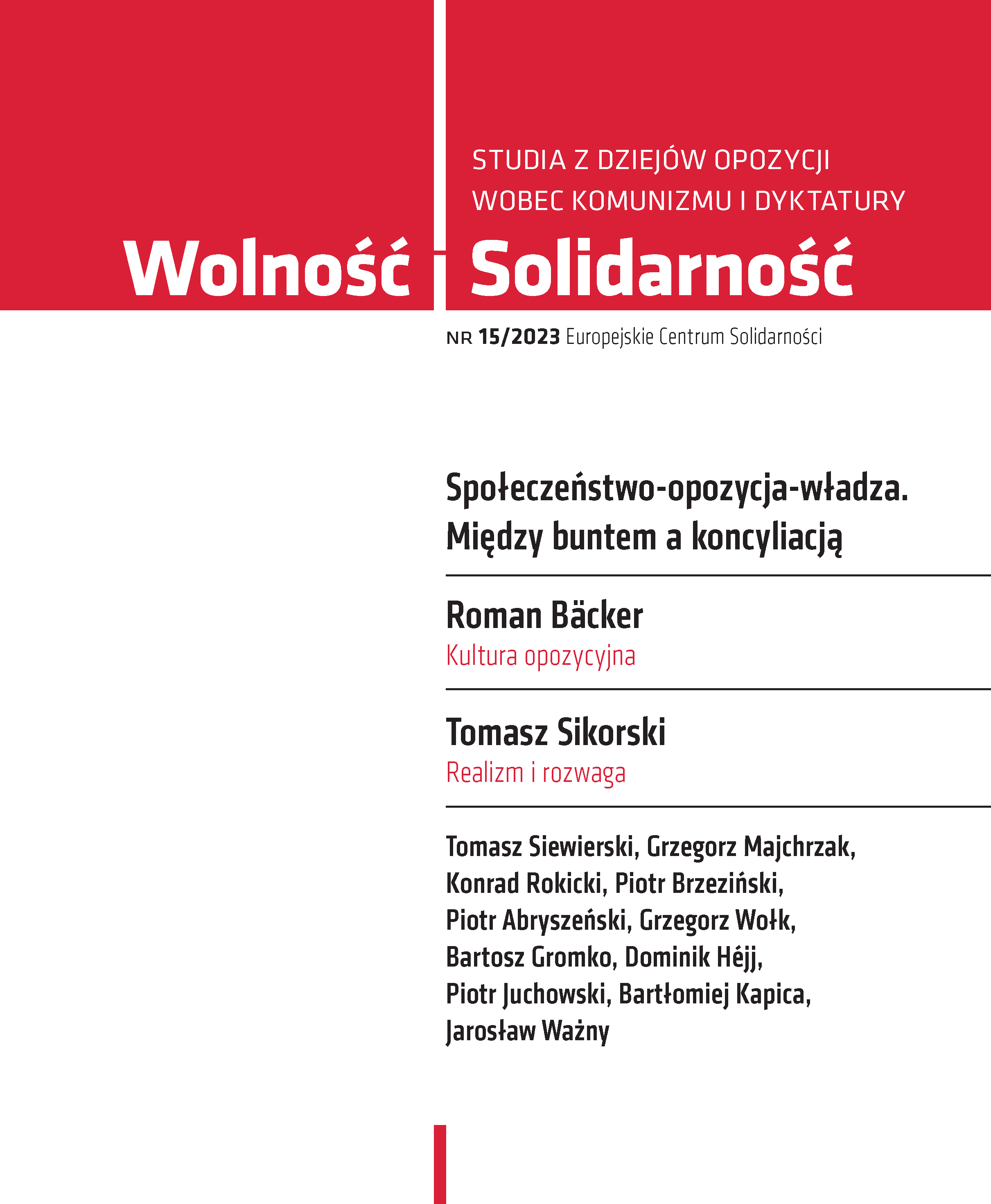
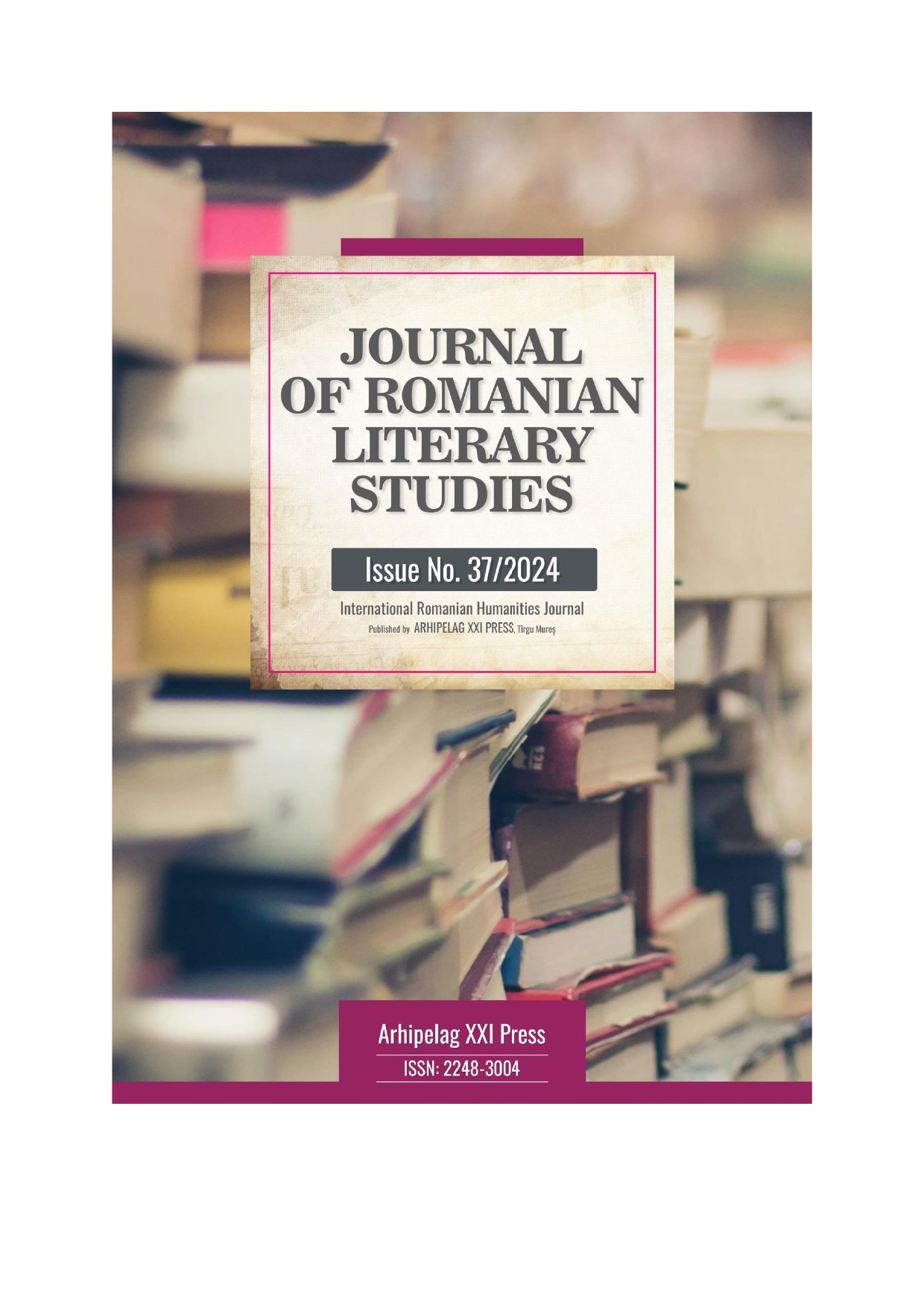
The movement of religious and moral revival of the Army of the Lord, which appeared in the Romanian Orthodox Church in 1923, at the initiative of the priest Iosif Trifa (1888-1938) from Sibiu, will exert a strong influence on the Orthodox Church. The relations with the ecclesiastical authority, the Archdiocese of Ardeal, represented at that time by the Metropolitan Dr. Nicolae Bălan, and the de facto founder of the movement, the priest Iosif Trifa, at first very good, cooled down with the extension of the movement's activity beyond the borders of the Archdiocese of Sibiu, and his acquisition of a personal printing house. A tense situation built up which, in 1935-1938, degenerated into a conflict with unforeseen consequences for the Army of the Lord. Under the communist regime, which regarded the movement as anti-sectarian and chauvinist, the civil sentence of the Court of Sibiu of 22 December 1949 dissolved the Army of the Lord as a society and eliminated it from the register of legal entities. The Army of the Lord continued to exist underground and manifested itself through isolated actions of members in various parishes in the country until 1990 when it was legally and canonically rehabilitated.
More...
The purpose of the paper is to draw a parallel between different folkloric traditions in Chitid, Hunedoara County and Jina, Sibiu County. I am interested in discussing how these ancient traditions can be preserved in the modern world which is entirely submitted to the globalization phenomenon. I am also interested in discussing about these historical and geographical areas in the context of multilingual and religious diversity. In order to offer a consistent view of this parallel, I will use the technique of diverse monographic books, focusing on how to express the idea of the patriarchal universe avatar in contemporaneity. The creative use of language will be regarded as a means to make visible the new paradigm in which Romanian folklore can be understood and loved in contemporaneity.
More...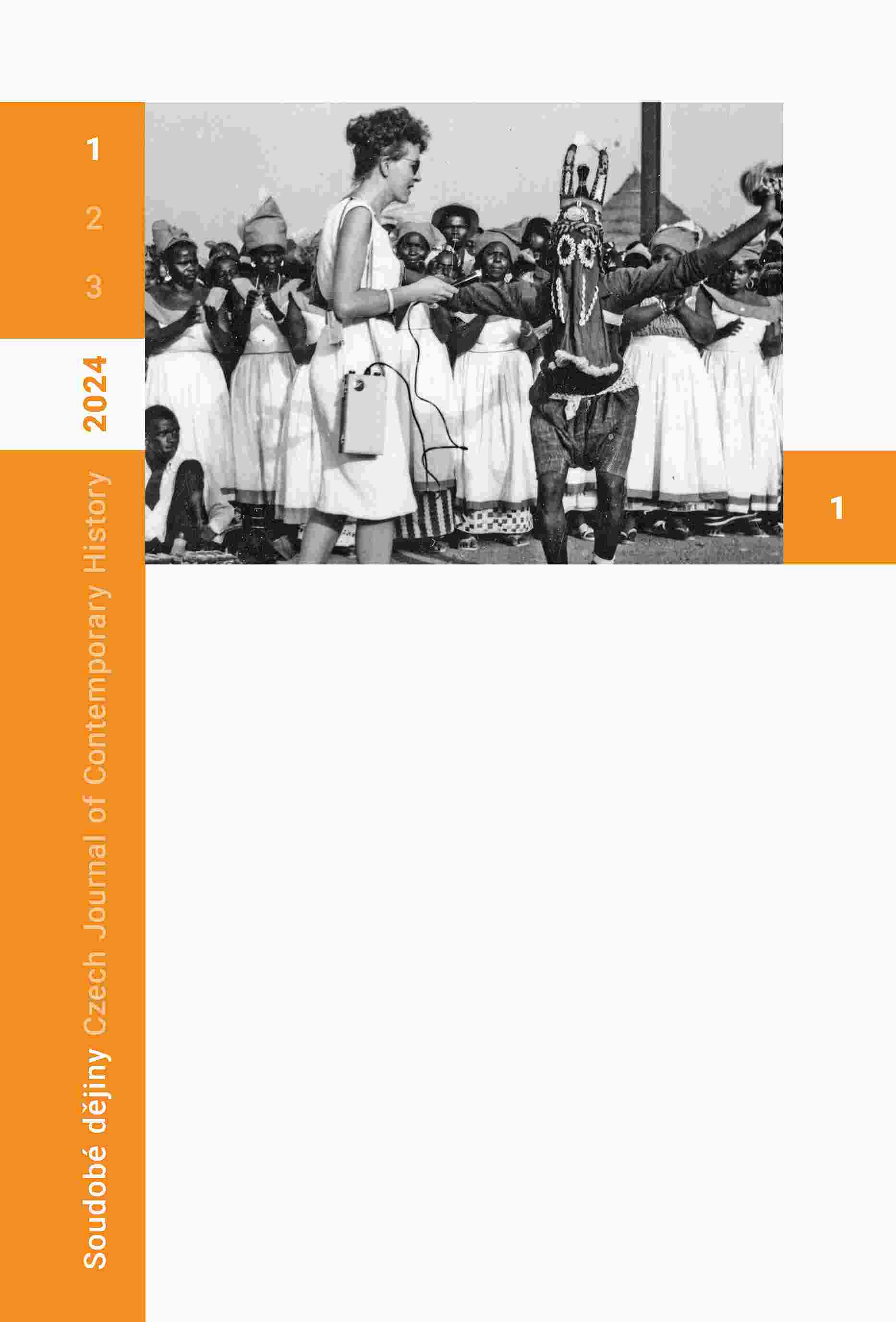
Five scholars from the Institute of Contemporary History of the Czech Academy of Sciences (Markéta Devátá, Oldřich Tůma, Barbora Čermáková, Michaela Tučková and David Weber) have compiled an extraordinarily comprehensive encyclopaedia, "Pamětní místa na komunismus v České republice" [Places of Memory of Communism in the Czech Republic]. In the form of individual entries with informative texts and photographs, it records 807 different memorials in the Czech Republic dedicated to people and events connected with the period of communist rule in Czechoslovakia (1948–1989), which were created during the following thirty years of democratic rule (1989–2019). The reviewer introduces the structure of the publication and emphasizes the usefulness of the project. In his view, the documentation collected and categorized in this way provides a thorough overview of the phenomenon of Czech public commemoration of communism, including events and figures both well-known and forgotten, while, in addition to the victims of the regime, also notes the border guards on the western border. While appreciating the effort of the introductory chapter’s authors to place the Czech culture of remembrance in an international context, the reviewer believes it would be desirable even in such an empirical publication to place the cases more in their historical context and to pay more attention to the instigators of the memorials. The book is also availableonline at www.pametnimista.usd.cas.cz, and is searchable by region, topic, timeline or full text.
More...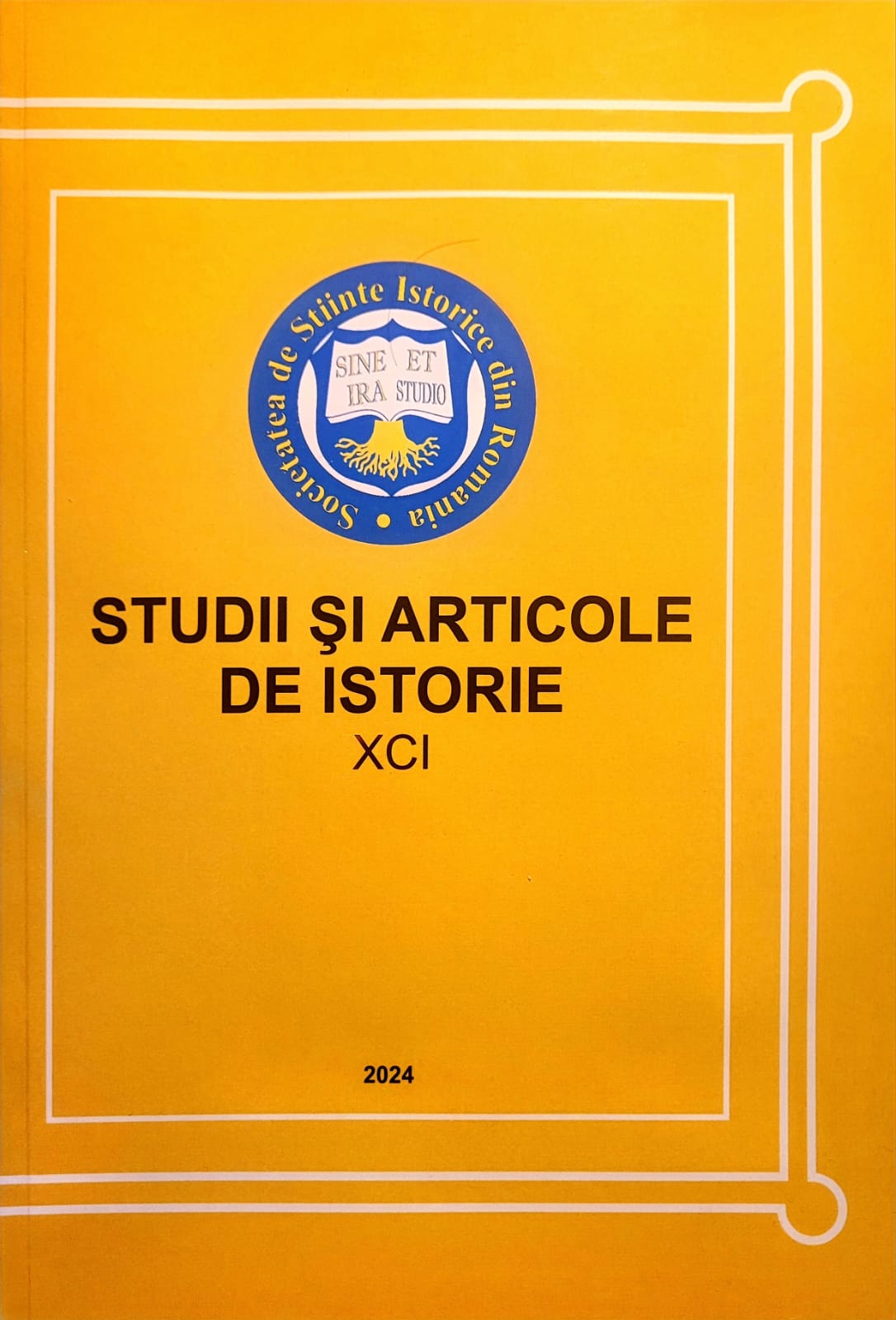
Ştefan Ştefu is an important figure of his generation, trained on the benches of the Arad schools, who at the beginning of the 20th century fought for the emancipation of the Romanians. He worked as a schoolmaster in different localities, knowing well the problems of Romanian society. He also stood out in the musical field, being a supporter of Romanian choral music, an important element that strengthened national sentiment when the Hungarian political class was implementing harsh Hungarianization measures. Like other contemporaries, Ştefan Ştefu was mobilized in 1914, arriving at the front in Poland, from where he never returned.
More...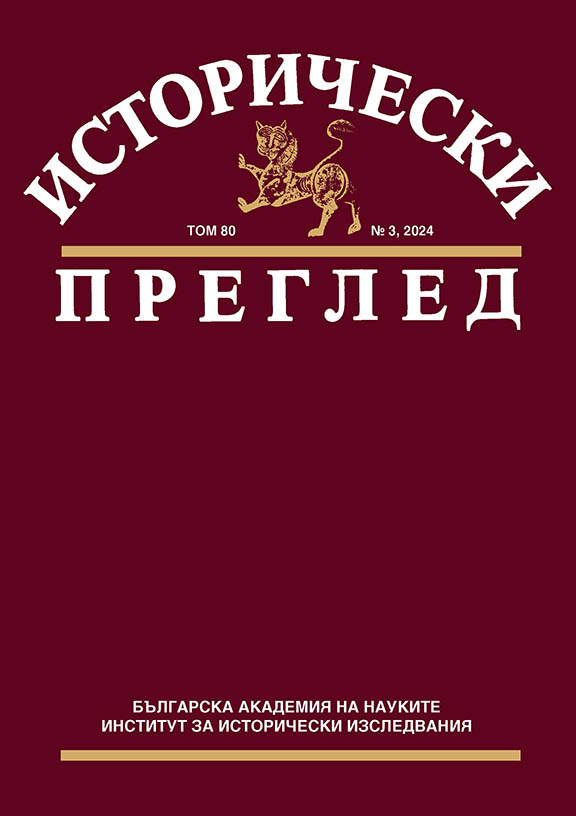
This research is based on information obtained from two avarız defters compiled in 1694 and preserved in the Ottoman Archives in Istanbul. The documents reveal that the city of Yambol had a predominantly Muslim profile, with 82% of its population identified as Muslim. The non-Muslim community in Yambol consisted of Bulgarians, Jews, and Armenians. Additionally, members of the Crimean Tatar Giray dynasty and their subordinates were also present. The social composition of Yambol included individuals from the two main social categories: reaya and askeri. What is characteristic of the representatives of the askari group is that they were the overwhelming majority (65%) among the urban dwellers. The soldiers among them – local residents and displaced people from other parts of Rumeli, represent 58% of all residents of the town. This ratio allows Yambol to be defined as a “militarized” city in the Ottoman province. The study includes an Annex with the translation from Ottoman Turkish to Bulgarian of the avarız defter for the town of Yambol, dated May 26 – June 4, 1694.
More...
The role of the Janissary corps in the history of the post-classical Ottoman Empire is one of the most debated themes in historiography. Undoubtedly, this role transcended its purely military functions and had much wider social, economic, and political repercussions, not only for the capital of the Empire but also for the provinces. This was particularly true in the context of the decentralization of the corps and their infiltration into local societies and economies in the eighteenth century. This paper aims to examine the local implications of these multi-layered processes in the town of Rusçuk (Ruse, on the Lower Danube), based on information from a rare, detailed mid-18th-century avarız defter. The source provides valuable information on the local society, with a key focus on the military strata in the town of Rusçuk, dominated almost entirely by the Janissaries. The information from the defter offers valuable details about their inner hierarchy, payment structures, and clustering along professional lines in the urban quarters. This exhaustive but generally statistical information will be correlated with data from the kadi court records of the local sharia judges of Rusçuk from approximately the same period (circa mid-18th century). Through a micro-historical approach, the study attempts to provide a more adequate context for understanding the demographic parameters, the degree of infiltration of the military into local society and economy, and their role in the everyday life of the province.
More...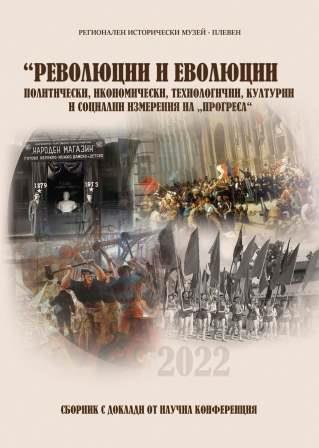
In the courtyard of the Pleven prison, during agricultural work, a ceramic vessel with over 7,000 silver coins with a total weight of 8,345 kg was discovered. The treasure was most likely hidden around the 20s of the 15th century. It consists of coins of Sultan Bayazid I (1389 – 1402), Emir Suleiman (1402 – 1411), Emir Musa (1411 – 1413), Emir Mehmed ( 1403 – 1413) and then as Sultan Mehmed (1413 – 1421), Emir Mustafa (1416, 1419, 1421 – 1422) and the Bulgarian Tsar Ivan Shishman (1371 – 1395).
More...
Until the wars of national unification, the navy and maritime industries developed largely spontaneously, without clear strategy and objectives, with constant opposition from some politicians. The transformation of Bulgaria into a maritime country is a slow and difficult process, also related to a change in the way of thinking. In Bulgaria, as in many other countries, the creation of the military fleet became an engine for the development of other maritime activities and industries.
More...
After 1878 the restored Bulgarian state set on the way of its European development. Historians determine this development as quite turbulent and the years between the XIXth and XXth century – as economical paragon. Analyzing Pleven model in this article we try to present the current situation of post-Liberation Bulgarian society, as well as the achievements and efforts made by central and regional Bulgarian authorities for the country’s modernization. The main source used is the reports of the Pleven district governors from the comment period, which enrich the knowledge of the socio-economic trends of the era, give a general idea of the period and are a valuable source for this period of Bulgarian history. Looking at modernization processes not infrequently at the center of research in urban centers, while smaller settlements remain on the periphery. For this reason, in the following lines, in addition to Pleven, as the center of one of the counties in the country, we will also consider some of the processes near this town and settlement, thus obtaining a more complete picture of the processes taking place during this period. Analyzing and focusing on the period between these two decades on regional scale, we can easily determine that this development has not been easy at all, that it has been frequently hindered and opposed on behalf of the conservative Pleven citizens.
More...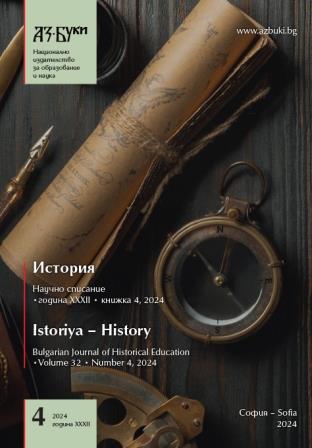
Reminiscing about childhood in the city is often associated with memories of places, spaces and games. In this article I will look at childhood in the context of games in the city and its neighborhoods, spaces and quarters. I use anthropological, historical and visual approaches to look at the way children use these spaces to play games. The purpose is to show the connection between places and the so-called „ownership of territories“ as part of creating images of childhood. The focus will be on places for play and neighborhoods as spaces of interaction and sense of belonging. Through the analysis of stories and visual data related to the city of Plovdiv, games and images of childhood from different periods of time will be presented.
More...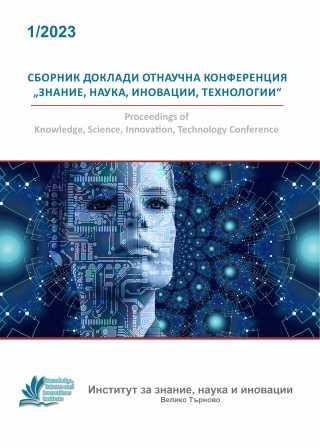
Joseph Sokolski was a supporter of the idea of independence of the Bulgarian church. At the same time, he was attracted to the union movement. Russian diplomacy is very worried about the union, seeing in it a threat to Russia's influence on the Bulgarian Orthodox Church and on the Bulgarian population in the Ottoman Empire. The Russian ambassador in Constantinople, Prince Lobanov, decided to kidnap Archbishop Joseph Sokolski from Constantinople.
More...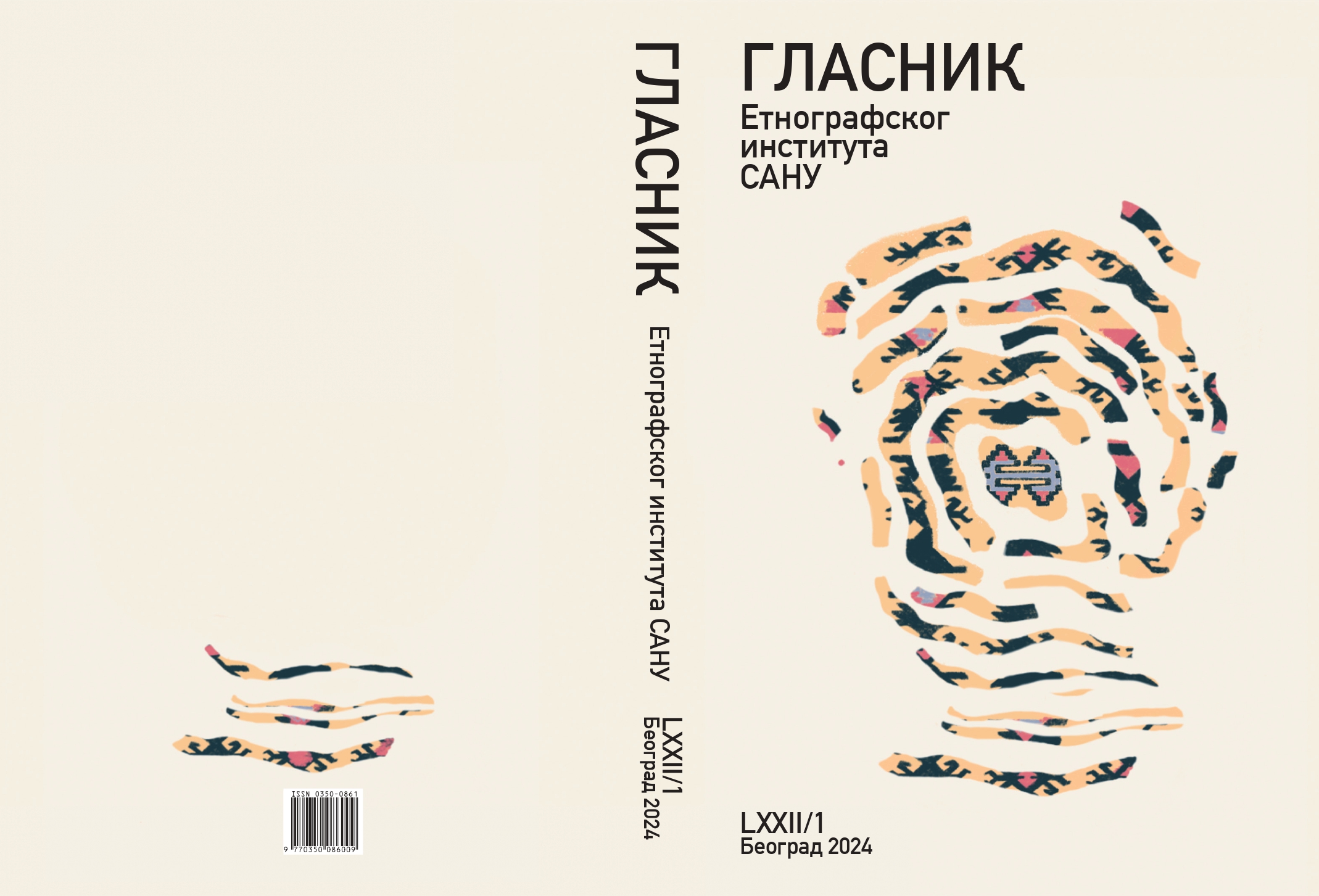
Even though the Europeanization of Niš under the Obrenović dinasty (1878–1903) was a continuation of the Ottoman westernization, carried out in Niš during the late Tanzimat (1856–1878), it was not only a continued adoption of the advanced achievements of European culture and society. In Niš, under the Obrenovićs, the effort was also spent on removing everything that belonged to the culture and heritage of the Ottomans, and replacing it with Serbian, so that the city would catch up with other developed cities in the Principality of Serbia, in terms of appearance and the way of life of its inhabitants. This paper aims to show how deep the roots of the Ottoman influence were in Niš during the reign of the last Obrenovićs, through the most visible characteristics of its urban layout and the daily life of its inhabitants (habits, language, and clothing). Since the preserved archival materials written in the language of the administration mostly do not contain data on the mentioned aspects of everyday life, the research used the narrative records of authors who stayed in Niš during this period and left their observations about it.
More...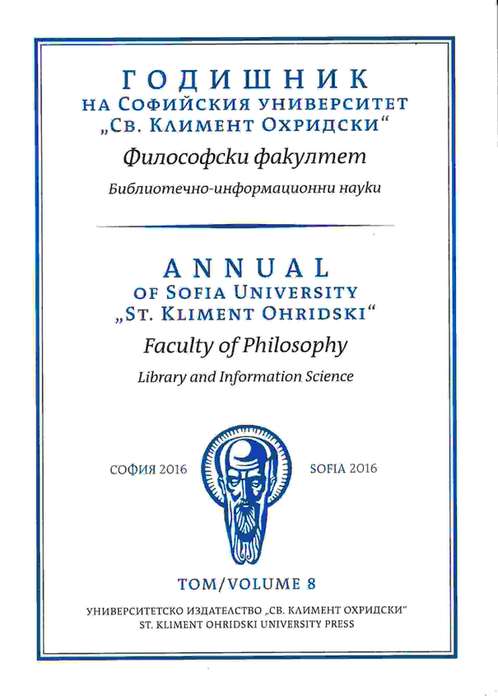
This work presents the results of a study of the currently preserved private library of Petar Danov, the Master. A bibliographic identification of the collection is performed, the data are analyzed chronologically, in linguistic and thematic aspect. Most significant Bulgarian and foreign authors and their works related to the interests and creative pursuits of Petar Danov are researched. The inscriptions and autographs left on individual specimens are studied in details. The study is the first attempt to present the private library of Petar Danov thouroughly, with full bibliographic database, by exploring even the limited historical records of some modifications in it as a result of persecution, confiscations of books and repressions against supporters of his teachings.
More...